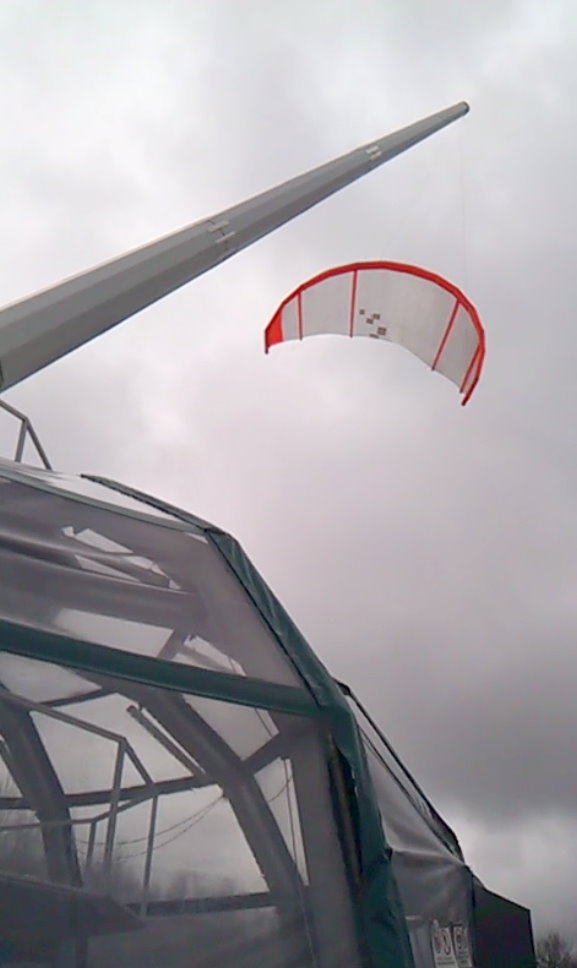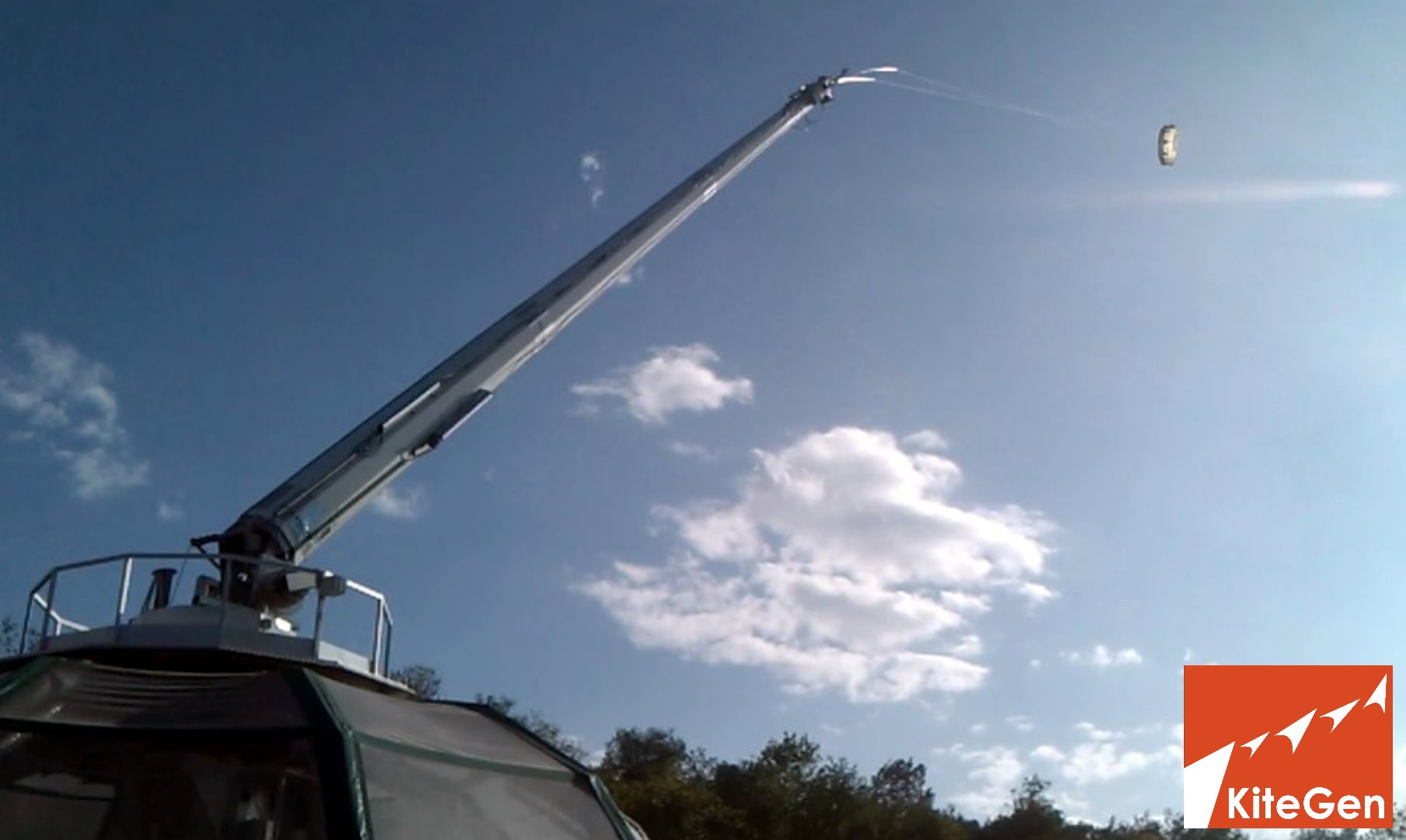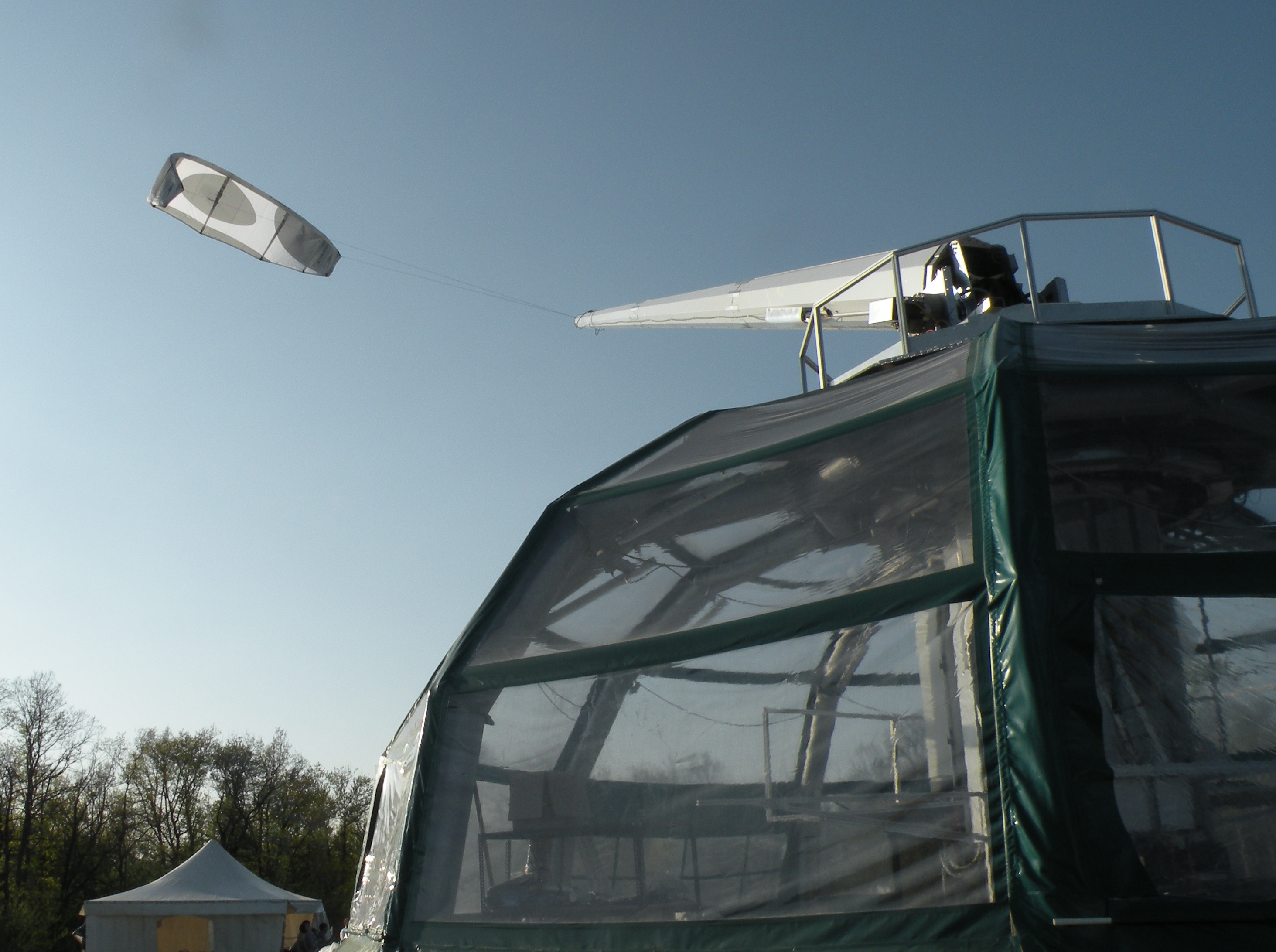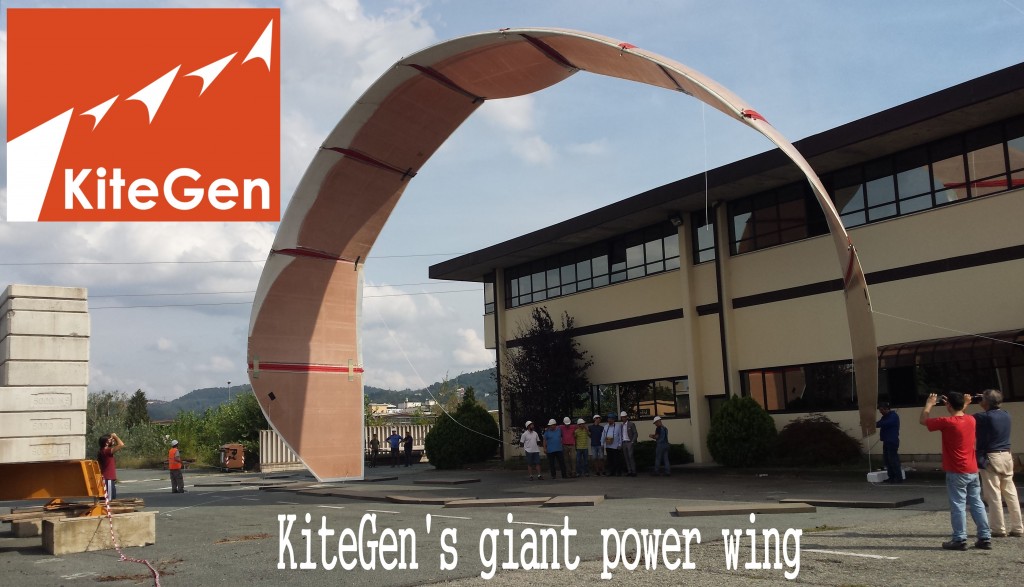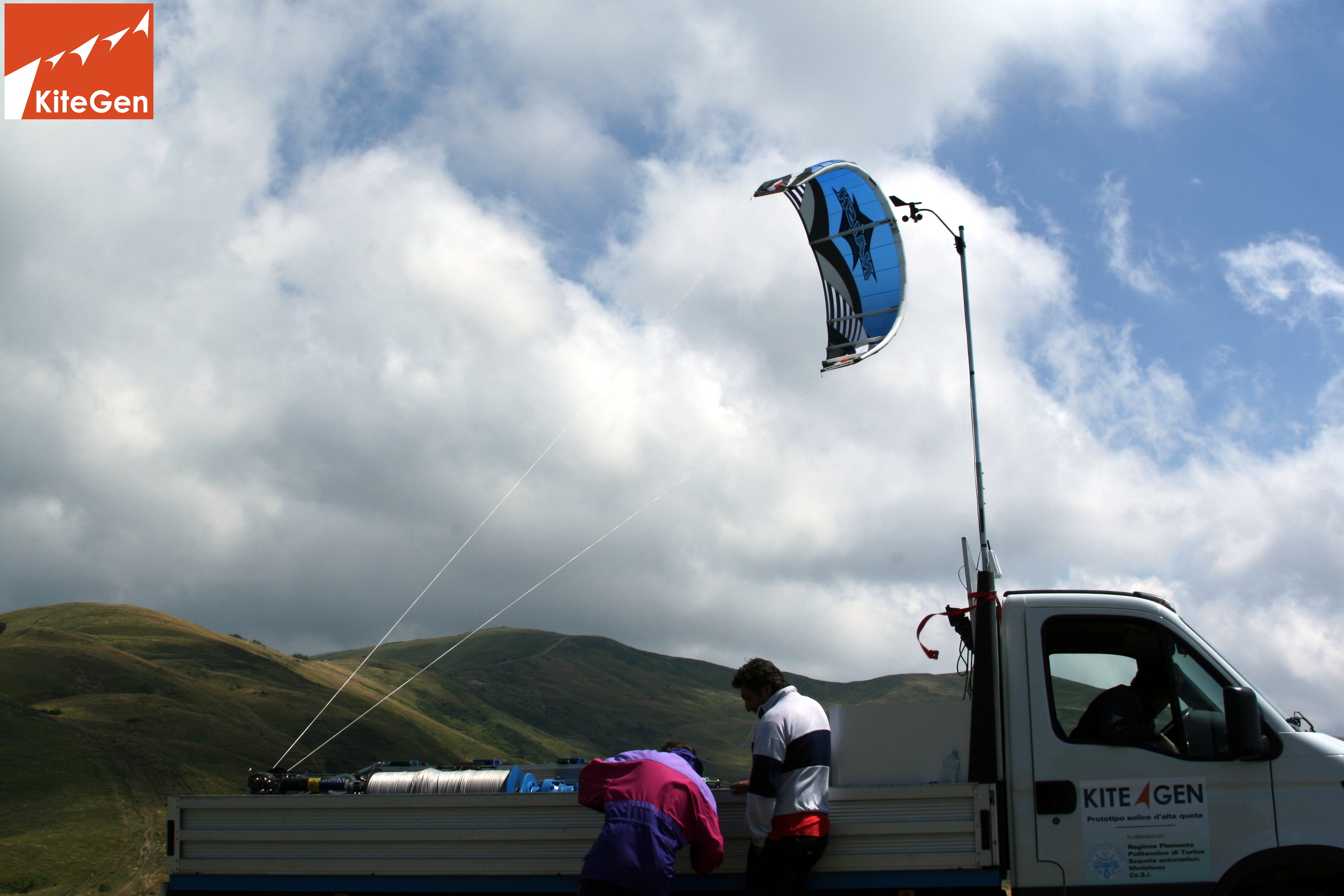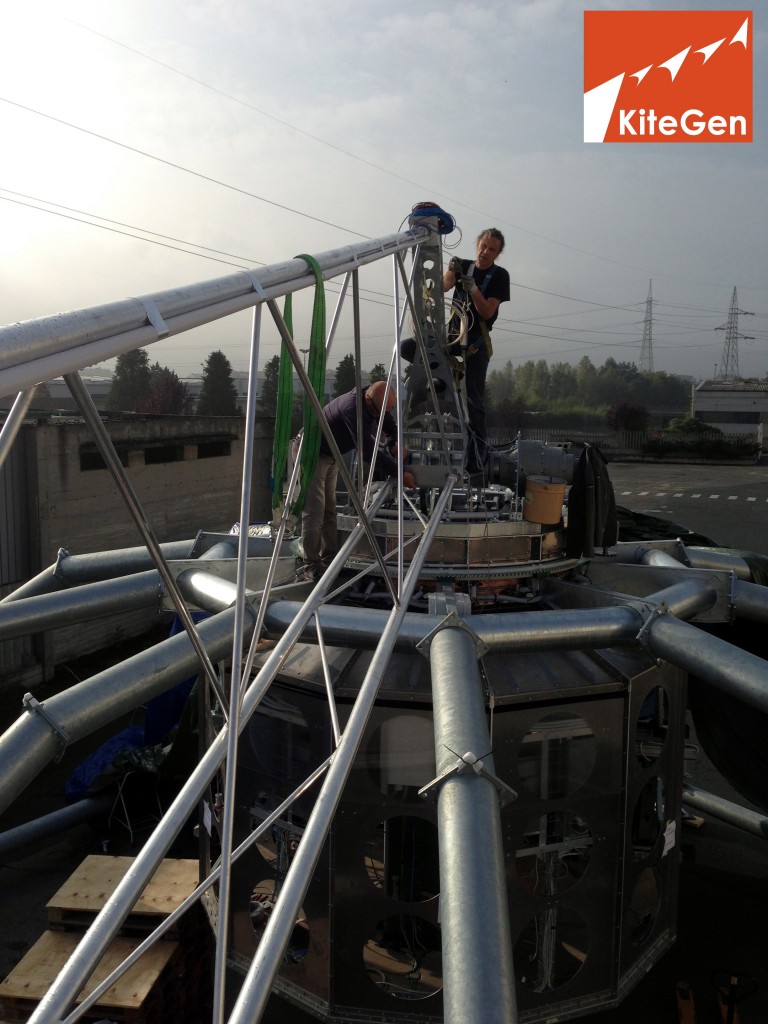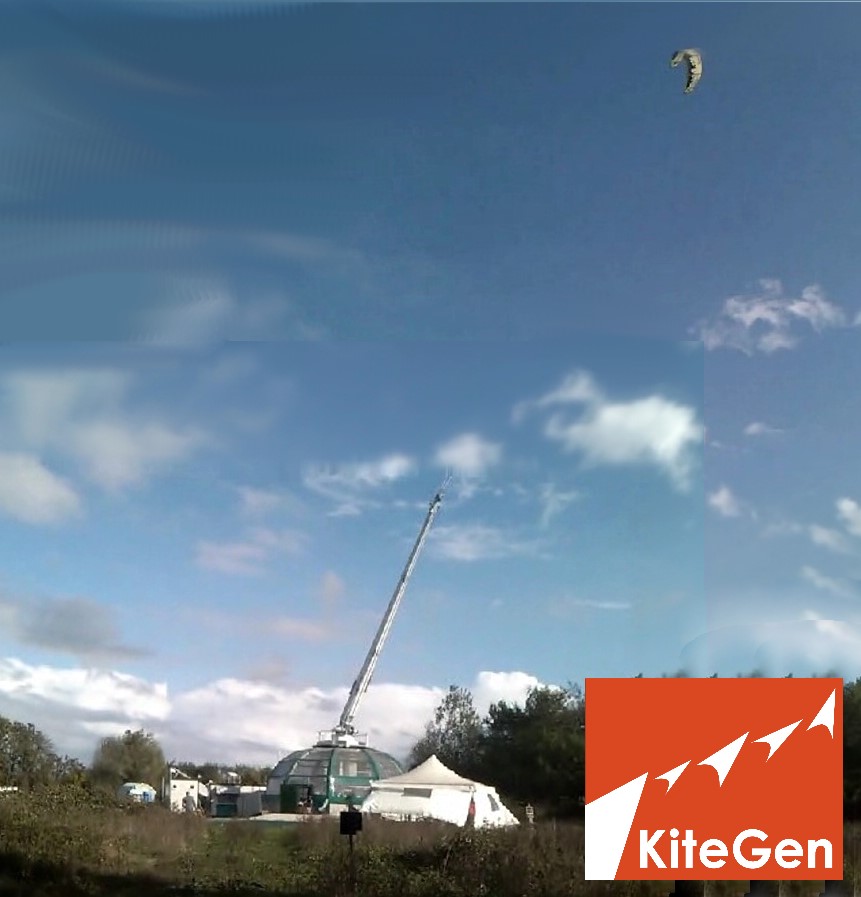Environmental concern
Wind power generation methods can be all labelled as “clean” technology, with zero emissions of CO2, of other green house gases, of ashes and particulate matter. The positive effect on the environment, coming from the -quickest and most efficient possible- substitution of the current polluting technologies based on non renewable sources, is the main drive behind KiteGen.
It must be added that KiteGen technology, when compared to wind turbines, much as it foresees a lower cost of energy produced, in the same way returns improved results in terms of energy balance, that is the calculation of how long a power plant must operate to produce the amount of energy that will use in its entire life cycle (from raw material extraction to final disposal).
The environmental impact should be then analyzed not only on a global scale, but also related to the localization of each power plant, where the following main factors arise:
Scenic and visual impression
The aerial part, since the power kites fly at an altitude of 800 / 1 000 m tethered by small diameter lines, is much less visible than today’s wind turbines.
The ground systems are concentrated along a circular path, while the vast majority of the occupied area is available for agricultural activities. The visual impact can be enhanced by specific architectural design; it must be noted anyway that, equal the installed power, land use is lower than what required by current wind technologies, with the possibility to concentrate the needs into few large installations.
Shadows
Power kites project little or no shadow, the Sun tends to completely dissolve the shadow of any object if positioned at a distance from the ground larger than approx. 100 times its width.
Birds
Several studies suggest that overall bird deaths due to wind turbines are much less than those related to other anthropic causes (power lines, pesticides, cars, buildings with windows, etc.).
Specific and detailed analysis will have to be conducted for the KiteGen power plants, but the higher operative height of the power kites appears to be a positive factor, considering also that the speed of the lines’ movement decreases as they get closer to the steering units at ground level.
Noise
While the noise produced by the aerial part is negligible, the ground systems can be compared to a low speed railway with good soundproofing (50 dB at 200 m distance).
